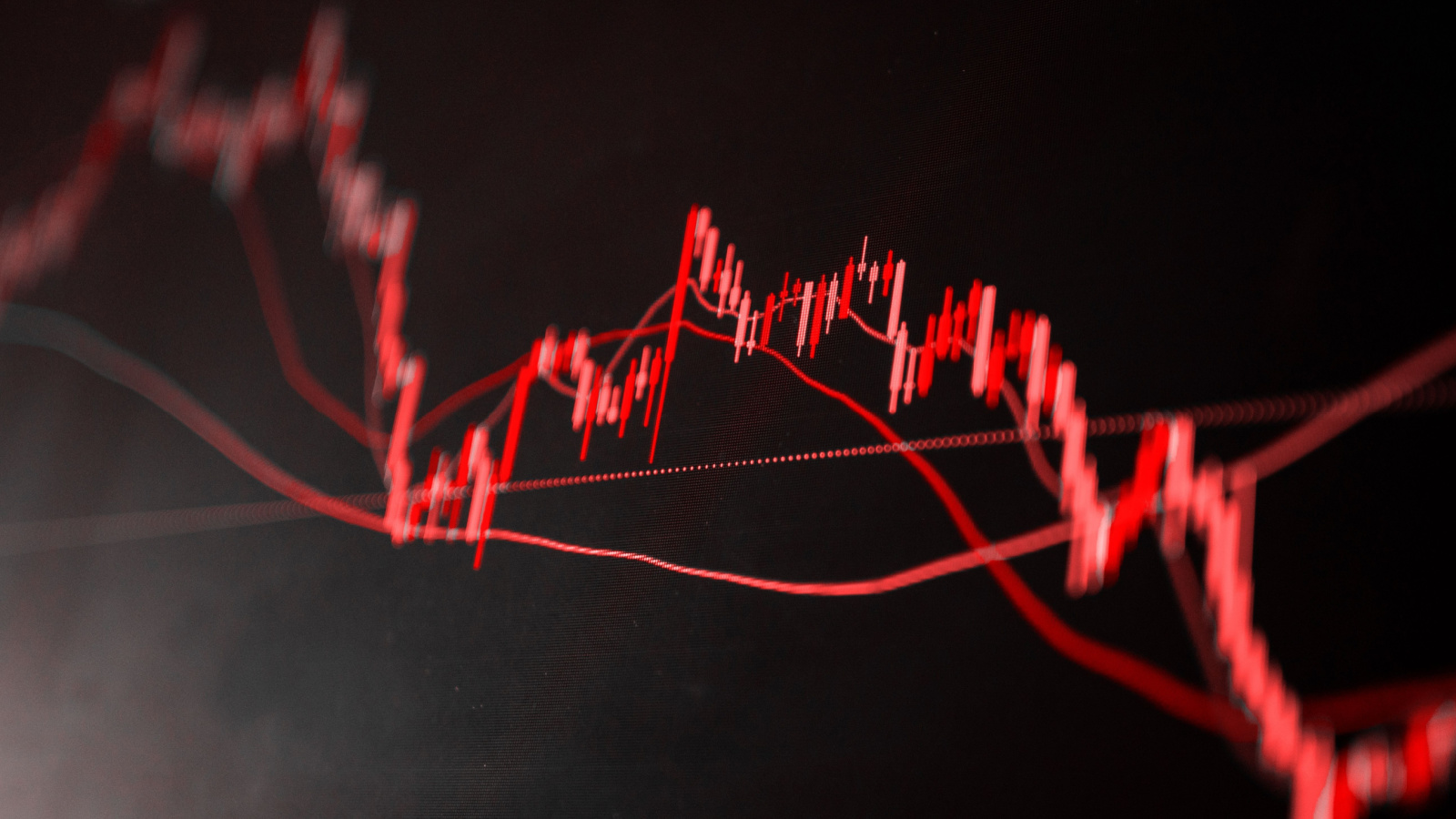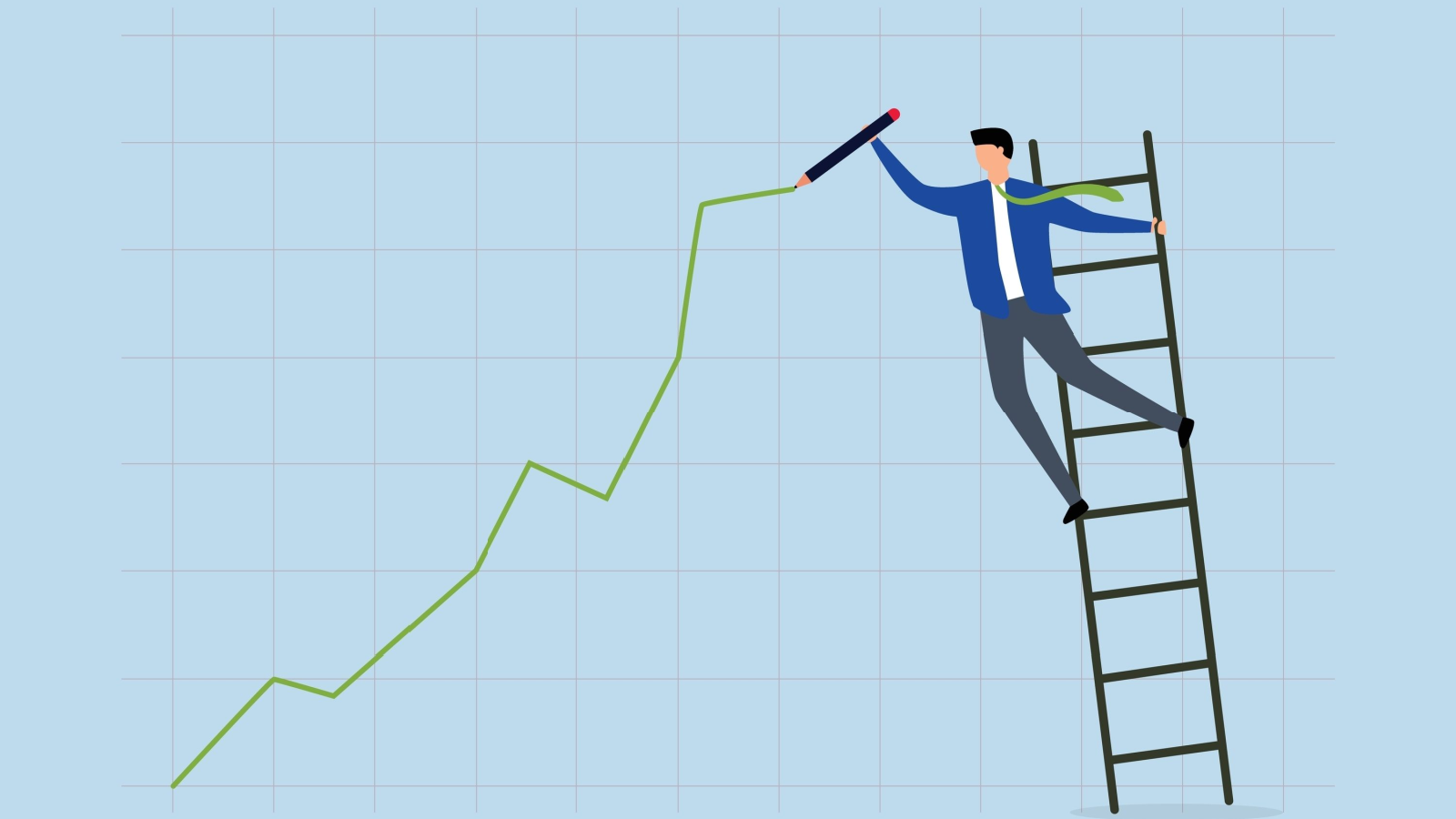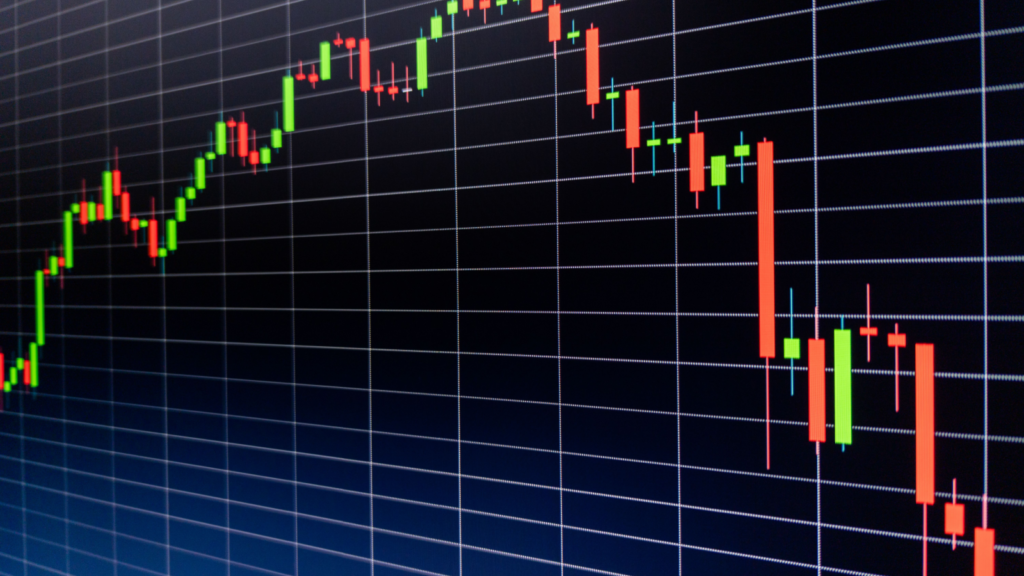How to Stay Ahead as Tariffs and Consumer Confidence Hit Stocks

Trump tariffs and consumer confidence weigh on Wall Street … hope you didn’t sell your AI energy stocks … how to adjust your risk with position sizing
This morning, Wall Street moved lower after two headlines weighed on investors.
First, President Trump announced that tariffs on products from Mexico and Canada are back on.
Here’s CNBC:
President Donald Trump said that sweeping U.S. tariffs on imports from Canada and Mexico “will go forward” when a monthlong delay on their implementation expires next week.
“The tariffs are going forward on time, on schedule,” Trump said when asked at a White House press conference if the postponed tariffs on the two U.S. trading partners would soon go back into effect.
Products from Mexico and Canada will face a 25% levy, plus 10% duties on Canadian energy.
For investors and consumers, tariffs raise fears of a resurgence of inflation. And that dovetails into our next story – February’s downbeat consumer confidence report.
Here’s MarketWatch:
Consumer confidence [has sunk to an] 8-month low on worries about inflation and Trump tariffs. The decline was the third in a row since the index hit a 16-month peak of 112.8 in November…
Americans also said it was harder to get a job and they were more worried about their incomes.
Put these headlines together and Wall Street is unhappy. All three major indexes were down sharply earlier today with the Nasdaq off nearly 2% at one point.
The good news is that stocks are well off their lows of the morning.
Consider using this tech selloff as a shopping opportunity
I hope you didn’t sell your AI energy stocks back in January when the news of DeepSeek broke…
As you’ll recall, the emergence of the Chinese low-cost AI platform sent Wall Street into a panic.
The fear was that DeepSeek’s groundbreaking low-cost technology meant that the tsunami of AI investment capital that everyone anticipated wouldn’t materialize. And that meant saying “goodbye” to all those earnings-juiced, super-bullish stock price projections.
Not so much.
Here’s the Wall Street Journal:
Despite a brief period of investor doubt, money is pouring into artificial intelligence from big tech companies, national governments and venture capitalists at unprecedented levels.
Before we dive into why, let’s back up.
In the days following DeepSeek’s arrival, our experts Louis Navellier, Eric Fry, and Luke Lango urged investors not to bail on AI
While they believed the leaderboard could change slightly, they agreed that DeepSeek’s low-cost technology would be bullish for AI, not bearish, thanks to Jevons Paradox.
This economic principle suggests that AI at lower cost will result in more total AI spending, not less, because more companies will be able to pay for AI. So, while the cost-per-unit of AI could drop dramatically, total AI spend would explode higher.
Now, Jevons Paradox is happening. We are seeing certain AI costs drop dramatically, leading to greater demand.
But at the same time, the bleeding edge of AI technologies are still coming at a high price tag along with enormous energy demand. To understand why, it’s important to recognize that technology is moving away from traditional large language models (LLM); it’s now moving toward reasoning models and AI agents.
For a good explanation, let’s go back to the WSJ:
Reasoning models, which are based on large language models, are different in that their actual operation consumes many times more resources, in terms of both microchips and electricity…
DeepSeek caused a panic of sorts because it showed that an AI model could be trained for a fraction of the cost of other models, something that could cut demand for data centers and expensive advanced chips.
But what DeepSeek really did was push the AI industry even harder toward resource-intensive reasoning models, meaning that computing infrastructure is still very much needed.
So, how much more “resource-intensive” are these reasoning models?
Here’s Kari Briski, Nvidia’s vice president of product management:
On tasks like generating complex, customized code for developers, this AI reasoning process can take multiple minutes, or even hours — and can easily require over 100x compute for challenging queries compared to a single inference pass on a traditional LLM.
Back to the WSJ for how this is likely to affect overall demand:
In January, it appeared that the cost per token [of AI development] —in both computing power and dollars—would crash in the wake of the release of DeepSeek R1…
On its face, this would seem to indicate that AI’s future demand for computing power would be some fraction of its current amount—say, a tenth, or even less.
But the increase in demand from reasoning models…could more than make up for that.
If…reasoning models become the standard and increase demand for those models by a factor of 100, that’s still a 10-fold increase in future demand for power for AI.
This is just the starting point. As businesses are discovering that the new AI models are more capable, they’re calling on them more and more often. This is shifting demand for computing capacity from training models toward using them.
The WSJ goes on to profile a company that provides AI computing resources to other companies. Here’s its CEO commenting on AI costs and overall demand:
For one customer, we brought their costs down probably 60% six months ago, and within three months, they were already consuming at a higher level than they were consuming initially.
Bottom line: Unless your investment time horizon is less than a year or so (we’ll circle back to you in a moment), ignore the risk of a market correction. Diversify your picks (chipmakers, components suppliers, energy plays, and so on) but invest and then just hang on.
If you’re more risk averse, consider investing a small starter position from which you’ll dollar-cost-average over time (adding to your position in equal dollar increments at regular intervals going forward so that you average out your overall cost basis).
If you’d like help with which stocks to add to your portfolio, our macro expert Eric just identified several that are set to benefit from artificial general intelligence. They’re in his special reports: My 3 Top AGI Stocks for 1,000%Gains and The AI Dominators. To learn how to access these reports, click here.
I’ll wrap up this section with the following quote from Tomasz Tunguz, venture capitalist and the founder of Theory Ventures:
Every keystroke in your keyboard, or every phoneme you utter into a microphone, will be transcribed or manipulated by at least one AI.
And if that’s the case, the AI market could soon be 1,000 times larger than it is today.
How to remain in the AI trend if you can’t stomach the coming ups and downs
In Friday’s Digest, I noted that not everyone has a decade-long investment horizon.
Frankly, not everyone has a one-year investment horizon.
If you’re in that boat – or if you’re a more conservative investors – how do you invest in AI without too much exposure to market risk?
In Friday’s Digest, I highlighted an entry/exit timing tool from our corporate partner, TradeSmith. It uses historical market data to create a unique volatility thumbprint for any given stock.
This proprietary “Volatility Quotient” (VQ) reading helps investors know how much volatility is normal and to be expected. And that can inform an investor about when it’s time to get out of a position… and eventually, back in.
But you can use this VQ reading in a second way – to detail exactly how much money to invest based on your specific risk tolerance.
Circling back to today’s AI megatrend, let’s say you find a stock you want to buy, but you have a fixed amount of money you’re willing to risk losing. We can use the VQ reading again, yet with another tool – a Position Size Calculator.
Here’s TradeSmith’s CEO Keith Kaplan:
In our TradeSmith system, we offer something called a Position Size Calculator. It has three different scenarios for how to buy a stock.
- You could say, “I want to risk $1,000; how much of this stock should I buy?”
- Or let’s say you have a $100,000 portfolio. You could say, “I’d like to risk 2% of my portfolio; how much should I buy?”
- And finally, you could say, “I want to buy this stock with equal risk to the stocks in my portfolio; how much should I buy?”
This tool is VERY user friendly, and it’s set to walk you through the perfect position sizing for your portfolio in less than a minute.
Based on the amount of money you’re willing to risk on an AI stock, the Position Size Calculator would tell you the exact position size to take relative to the unique volatility of your chosen stock.
Many investors don’t realize how much these details affect your market performance. Here’s Keith:
Your position size matters a LOT. Don’t get it wrong.
Don’t buy too much of a risky stock and not enough of a low-risk stock.
You must find (and keep!) the right blend to maximize your potential gains while lowering your risk.
Keith is holding a live event this Thursday at 8 PM ET that provides a walk-through of these TradeSmith market tools.
He’ll also introduce a new technological breakthrough, demoing it for the first time. This “MQ Algorithm” is designed to detect and model market melt-ups mathematically. And even though the market is selling off as I write, this MQ algorithm is signaling a melt-up for a subset of stocks.
From Keith:
To be clear, I do think now is the time to buy stocks – but you want to make sure you’re buying the right ones at the right time.
On Thursday at 8 p.m. Eastern, I’m going to share the biggest prediction in my company’s 20-year history. One that will likely have you eager to buy stocks as well.
It’s free to attend. All you have to do is register for The Last Meltup, right here.
We’ll keep you updated on all these stories here in the Digest.
Have a good evening,
Jeff Remsburg













